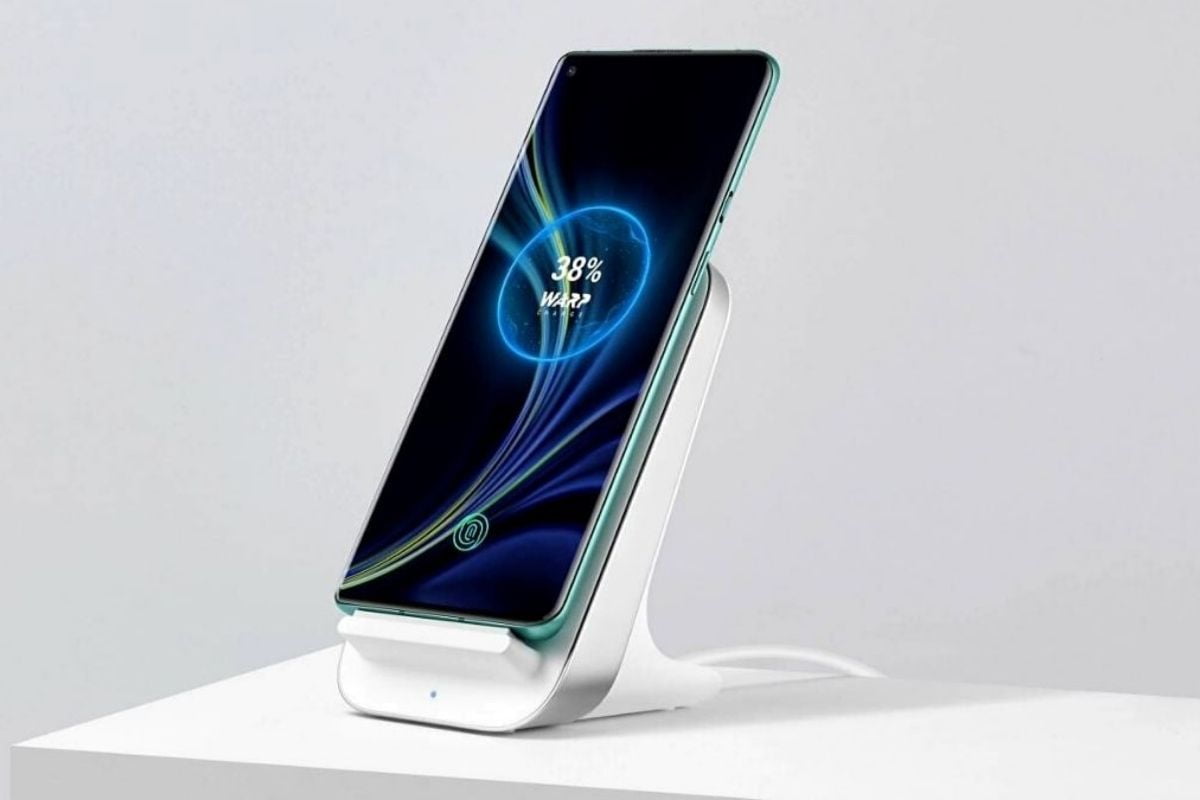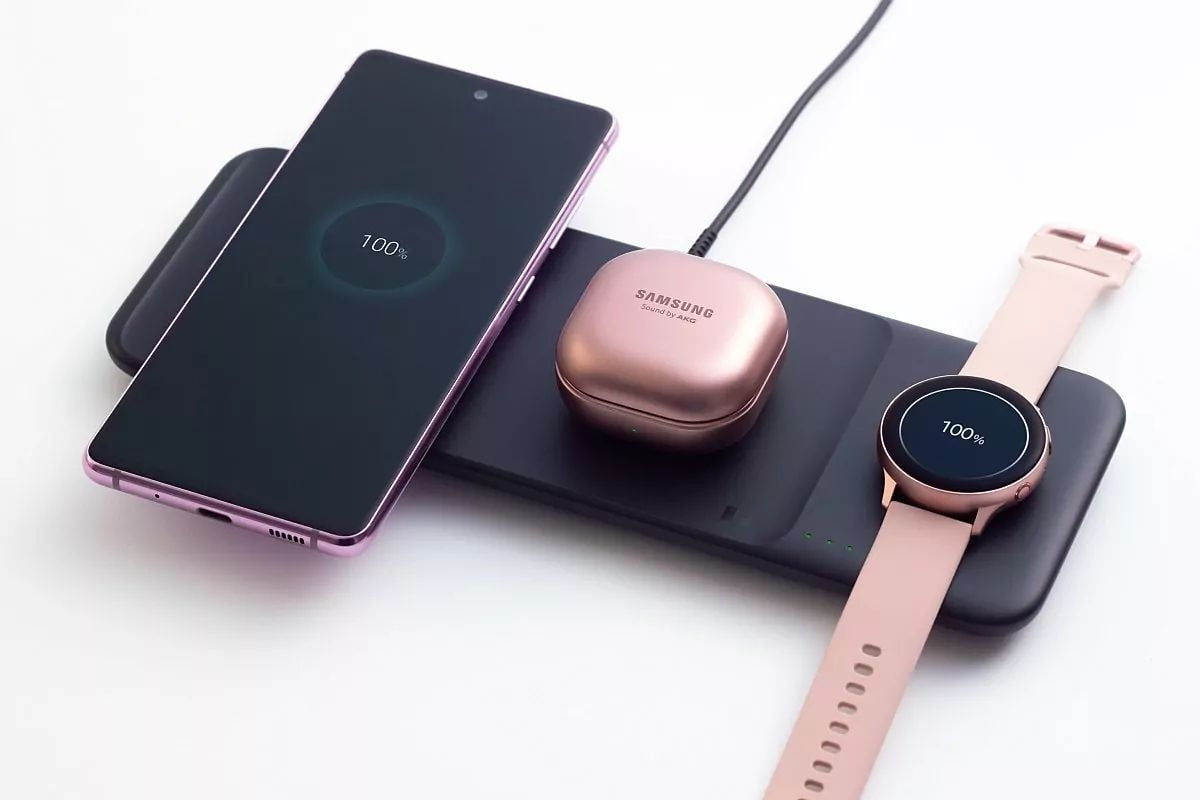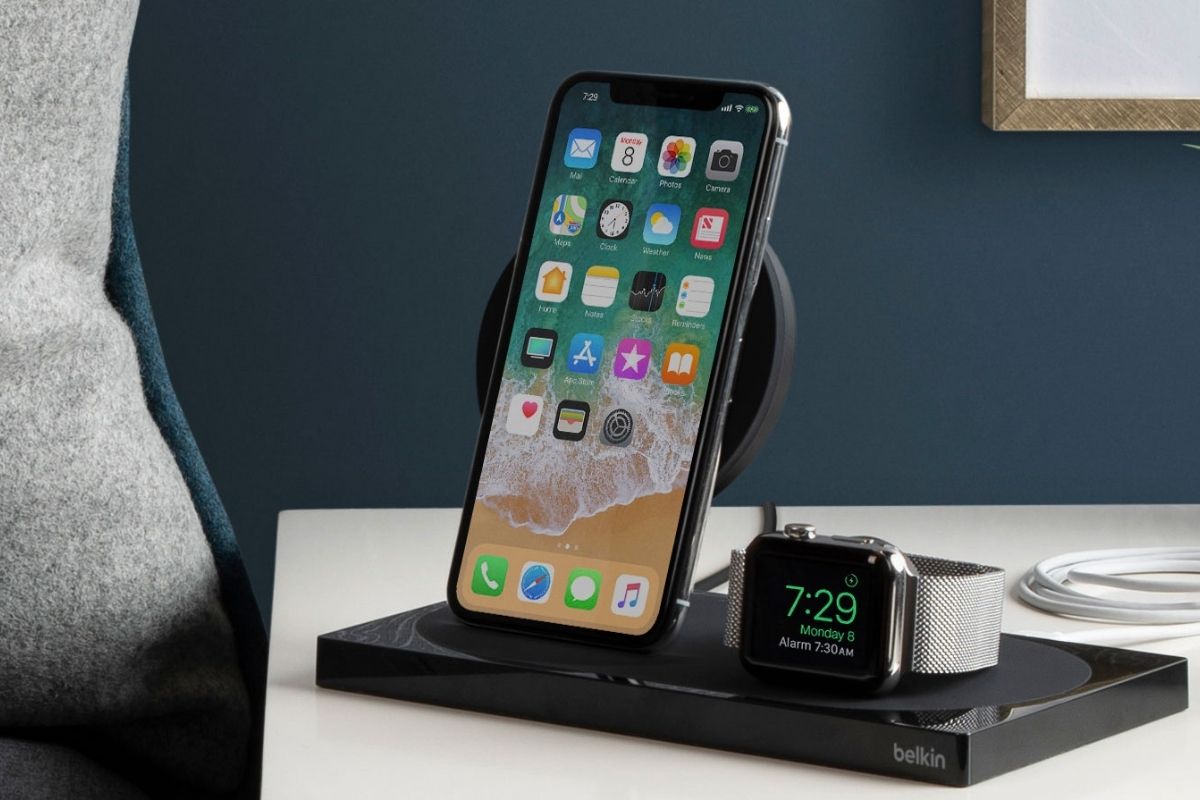Wireless charging has existed for quite some time, but in recent times generic users have become more and more interested in the same. Companies getting aboard the Qi Wireless charging standard has aided to the same too since most if not all flagship devices offer Qi Wireless charging. But, for those who might still be unaware regarding the same, they might be wondering as to what wireless charging is and how it works. If you too are one of these people, fret not as we will be discussing the same. Before we begin, it might interest you to know that Samsung has offered wireless charging ever since the Samsung Galaxy S6, with Apple adopting the same with the iPhone X and iPhone 8 series. Since then most brands have chosen to get onboard this program. Furthermore, some devices also come with support for reverse wireless charging, which can charge another handset by placing the other device or accessory on top of the rear panel of the main device. But that is for another day, so, let us discuss what exactly is Wireless Charging.
What Exactly is Wireless Charging?
Theoretically, wireless charging refers to the transfer of power from a power outlet to another device, without having to make use of a cable. It makes use of a power transmitting pad as well as a receiver, which at times is in the form of a case that is attached to the rear of the mobile phone or is built into the phone. Do note that when we said that it was cable-free, there is a caveat, since the pad itself requires a cable, without which the pad will not function, so the claim of complete wire-freedom is a bit of a pickle.
How Does Wireless Charging Actually Work?
Wireless charging is dependent on inductive charging, wherein power is created via a passage of electrical current between two coils to make an electromagnetic field. When the receiving plate that is on the mobile device comes close to the transmitter, or within the specified range, the magnetic field allows for the initiation of an electrical current within the device. This exact current is converted into DC or Direct Current then charges the built-in battery present on your handset.
Does Wireless Charging Have Certain Standards?
The key wireless charging standard is dubbed Qi, which has been developed by the WPC or Wireless Power Consortium so as to allow inductive charging over distances that range up to 40mm. In the current scenario, Qi wireless charging has been adopted by multiple smartphone manufacturers, some of them being Apple, Samsung, Sony, HTC, LG, Huawei, Nokia (HMD), Motorola and Blackberry, OnePlus. Another wireless charging standard that existed earlier was Powermat, which was used by retailers like Starbucks to allow customers to charge their phones. But it lost out to Qi.
Are There Any Disadvantages to Wireless Charging?
As is the case with most technological advancements, there are certain disadvantages, some of them being:-
- Slower charging, especially for devices with Quick Charge technology, some brands do offer speedy wireless charging, but most devices still support 5-10W wireless charging, whereas wired charging might be supported on the same phone at around 30-65W.
- A user cannot pick up their smartphone if it is indeed wireless charging, since removing it from a pad-based charger will effectively stop the charging process.
- Not all handsets offer support for the same, especially budget devices, which remove it as a basis of cost-cutting.



